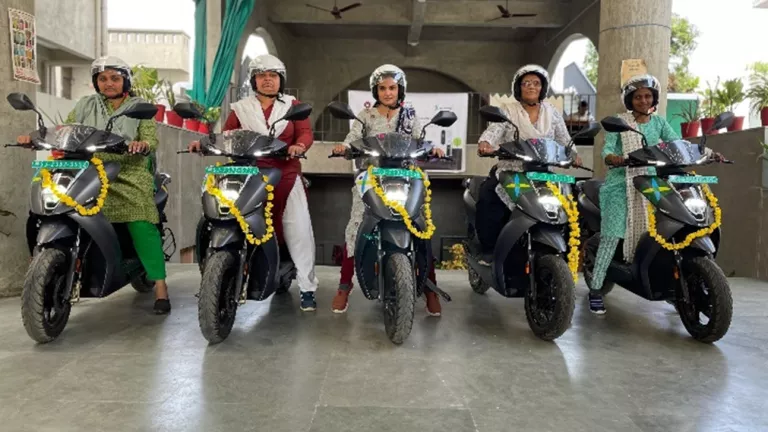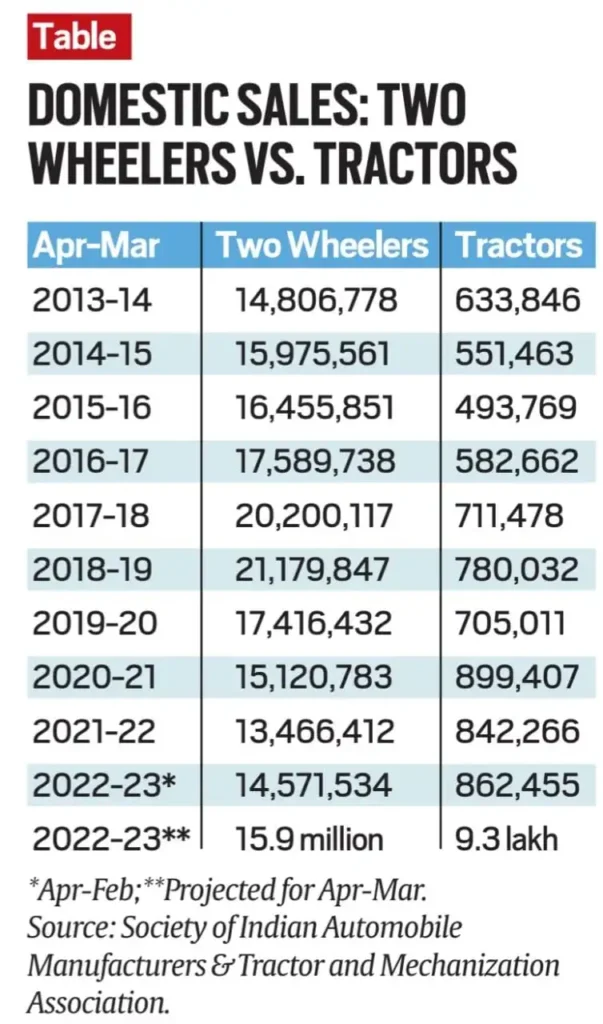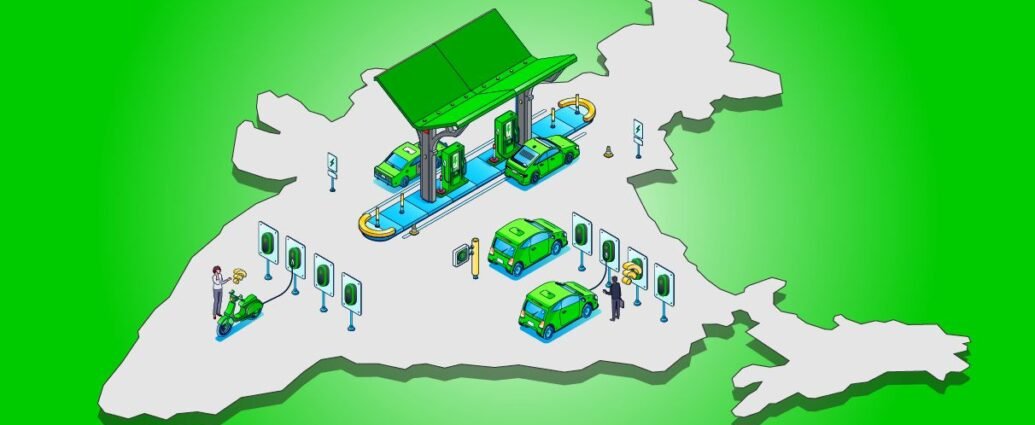This week, NRDC, Self Employed Women’s Association (SEWA) and the Small Industries Development Bank of India (SIDBI) introduced a unique project to test electric vehicles in rural areas of India. The main goal is to promote fair and sustainable transportation by considering climate justice, economic opportunities, and female empowerment.

Transport infrastructure is crucial for economic development and social well-being. In rural areas, improving mobility can greatly benefit communities that rely on agriculture, farming, and small businesses.
However, data shows that inadequate transportation infrastructure is holding back rural development. Given that two-thirds of India’s population lives in rural areas, it is now more important than ever to provide inclusive and sustainable transportation solutions.
Having access to clean mobility options in rural India can greatly improve opportunities for livelihood growth. Small farmers who sell perishable goods can reduce the risk of losing a significant portion of their produce by using clean transportation and storage methods. This can benefit rural entrepreneurs, particularly women, who can thrive with reliable access to commercial centers.

Mobility solutions specifically designed for women entrepreneurs can decrease physical strain and improve safety. Having access to vehicles can make it easier for salespeople to carry heavy loads and commute to market hubs.
Additionally, the use of electric vehicles in villages could increase the need for electricity. To address this, rural micro-grids can be employed, which would allow for the utilization of existing solar resources and improve the economic viability of villages.
The main objective is to provide transportation through electric vehicles while also maintaining the environmental integrity of the area because for the majority of the rural population two-wheeler vehicles remain the predominant mode of motorized transport.

In fiscal year 2023, the total sale of two-wheeler vehicles clocked 15.86 million units; rural areas contributed about 55% of the sales. Considering the pace at which ICE vehicles are penetrating the villages, it is important to act quickly to ensure that India’s 600,000 villages are included in the transition to clean mobility. This will also ensure that villages do not become dumping grounds for old polluting vehicles that are discarded from urban spaces.
Reference- NRDC PR, Press Information Bureau, Indian Express, Business Standard, Business Insider






